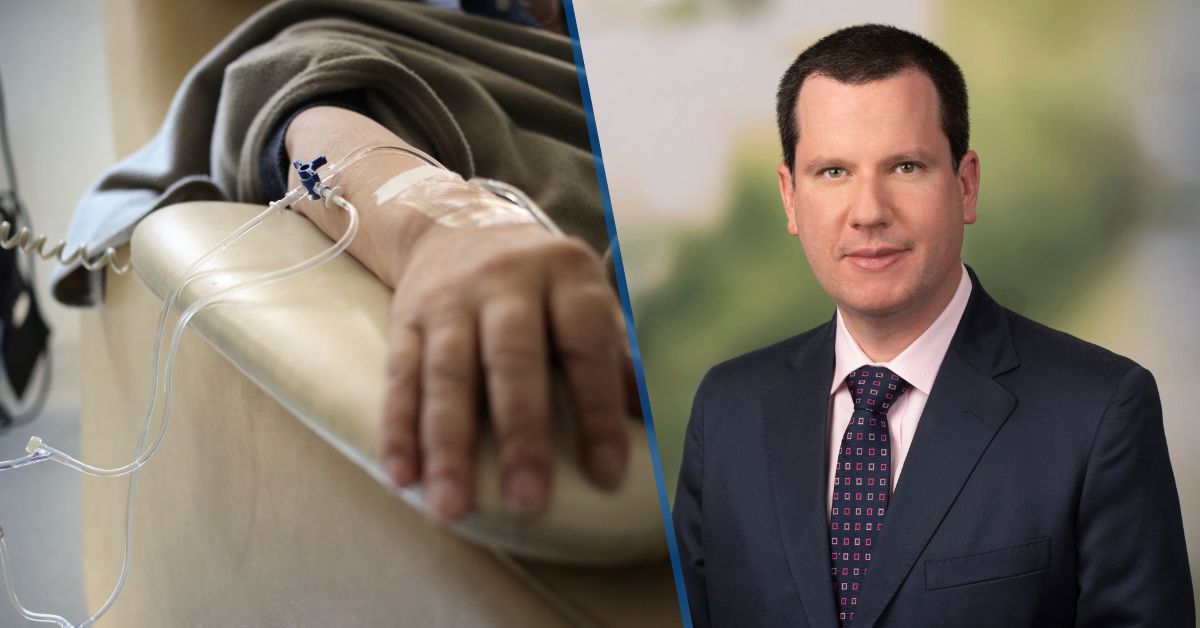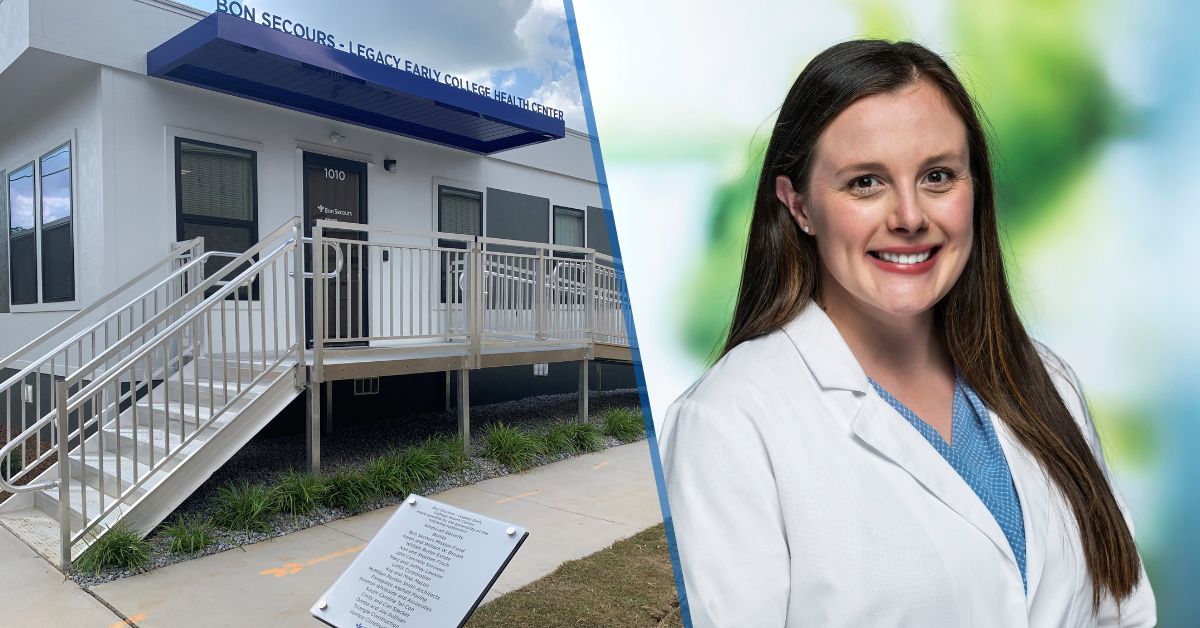Do you know when to go to urgent care?
Picture this: it’s late evening, and you’ve suddenly developed a severe nagging cough, fever and other flu symptoms. Panic sets in as you wonder, “Should I seek medical care?”
Don’t worry – we’ve got your back. We’ll help you navigate when to go to urgent care instead of heading straight for an emergency room visit or calling your primary care physician.
When to go to urgent care
Knowing when to go to urgent care comes down to knowing what an urgent care location is able to treat.
- Minor injuries: Urgent care is well-equipped to handle minor injuries, such as sprains, strains, minor fractures, burns and cuts that may require stitches. Visiting urgent care is often more convenient and cost-effective for non-life-threatening situations than heading to the emergency department.
- Mild to moderate illnesses: If you’re experiencing symptoms like fever, sore throat, cough, sinus infections, urinary tract infections or earaches, urgent care can provide the necessary medical attention. Urgent care facilities have health care professionals, including physicians, nurse practitioners and physician assistants, who can diagnose and treat these conditions promptly.
- Common medical services: An urgent care center offers a range of medical services beyond diagnosing and treating illness and injury. It is equipped with X-rays and offers laboratory testing, vaccinations and preventive care services such as flu shots. It serves as a convenient alternative to a primary care doctor’s office, especially when immediate care is needed.
What is the difference between urgent care and emergency care?
Urgent care:
- Urgent care centers are designed to treat non-life-threatening conditions that require prompt medical attention but are not severe enough to warrant a visit to the emergency room.
- Most urgent care locations have a walk-in clinic with flexible hours, including evenings and weekends.
- Visits to urgent care centers are generally less expensive and have shorter wait times than emergency rooms. They also provide a convenient alternative when your primary care doctor is unavailable or you’re out of town when illness or injury strikes.
Emergency care:
- Emergency departments (ED) are equipped to handle life-threatening conditions that require immediate attention. They operate 24/7 and are staffed by a team of health care professionals trained in emergency medicine.
- Emergency care is designed to address severe injuries, sudden or worsening medical conditions and situations that could potentially be life-threatening.
- Examples of conditions that may require emergency care include chest pain, severe burns, head injuries, severe allergic reactions, difficulty breathing, loss of consciousness, severe abdominal pain and uncontrolled bleeding.
- An emergency room has a wide range of specialized medical equipment and resources to stabilize patients in critical condition.
- Due to the nature of emergency care and the prioritization of severe cases, wait times in the ED can vary, and the costs associated with emergency care are generally higher than those associated with urgent care.
“If you are having chest pain, difficulty breathing or signs and symptoms of stroke — such as difficulty with speech or numbness and weakness in your face, arms or legs — you should seek emergency care immediately,” Tina Latimer, MD, an emergency medicine physician at Bon Secours Chester Emergency Center, shares.
What is a good reason to go to the emergency room?
Emergency departments are designed for life-threatening conditions, including symptoms of a heart attack or stroke, severe chest pain or difficulty breathing. If you’re uncertain about the severity of your condition, call 911 or head to the nearest emergency room just to be safe.
What is not considered a medical emergency?
Non-life-threatening conditions better suited for urgent care include mild to moderate burns, sprains, minor fractures, minor infections, minor allergic reactions and common illnesses like colds, flu or strep throat.
When to see your primary care provider
If you have a non-emergency medical situation that needs to be taken care of but can wait a day or two before seeing a medical provider, consider reaching out to your primary care provider to schedule an appointment with them. Since they know you as a patient and have your full health history, they will be able to provide the most personalized treatment plan possible for the issue you’re having.
Do you live near our Richmond market?
If so, we are proud to share that we are expanding the scale of our urgent care offerings in this area to improve access to same-day care, making health care easier for patients throughout the Richmond area.
“When you or your child is ill or injured, there’s no need to suffer,” Mike Lutes, our Richmond market president, says. “Our Bon Secours Urgent Care clinics give patients another option — one that’s connected to our entire system of doctors, specialists and hospitals should further care be needed.”
He continues, “Our vision is to deliver the quality, compassionate care Bon Secours is known for in a more personalized, quick and convenient setting. We want patients to spend less time waiting and more time with their health care provider.”
Learn more about the urgent care services we provide at Bon Secours.





